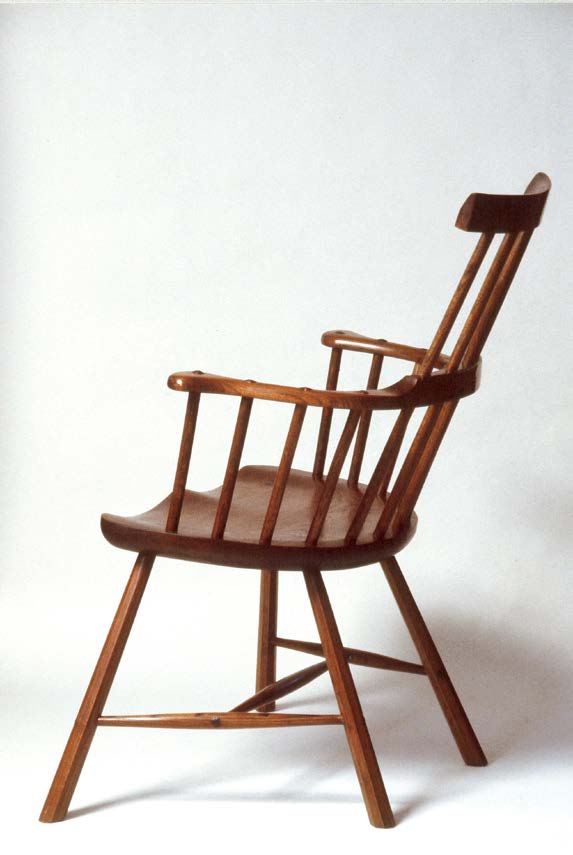
The following is excerpted from “The Handcrafted Life of Dick Proenneke,” by Monroe Robinson.
Millions of PBS viewers first met Dick Proenneke through the program “Alone in the Wilderness,” which documents Dick’s 30-year adventure in the Alaskan wilderness. On the shores of Twin Lakes, Dick built his cabin and nearly all of the household objects he required to survive, from the ingenious wooden hinges on his front door to the metal ice creepers he strapped to his boots.
And now, “The Handcrafted Life of Dick Proenneke” examines this adventure through the lens of Dick’s tools and the objects he made. Written by Monroe Robinson – the caretaker of Dick’s cabin and his personal effects – the book weaves together vintage photos and entries from Dick’s journals plus new drawings and images to paint a portrait of a man fully engaged in life and the natural world around him. The italic text after Dick’s journal entries is commentary by Robinson.
June 28, 1968:
Today I would build some furniture. First a kitchen chair and then a bench three feet long. I had them both ready to glue by 11:30. Back on the job I augured the hole for my table legs and the bunk poles were ready. I could sort, cut and fit them in. I’m near the end of the job of building on the cabin until I get a plane, glue and polyethylene for the roof. By the time I had the scraps cleaned up and tools sharpened as I do every evening it was time to call it a day.

In 1995, Dick wrote, “My chair still giving trouble. One back rest support broke off at the hole in the seat foundation. I would shorten it a bit and shape a new end to fit in the hole with the broken support end. Working like a beaver when here came a Cessna 180.”

In 2001, a black bear broke the chair when it climbed through Dick’s nine-pane window to pull the chair and its caribou fur pad outside. I repaired Dick’s chair only to have it break when someone leaned back too far. I replicated his chair, repaired this new break and sent Dick’s chair to the archives.
In replicating the chair, I particularly focused on drilling the mortise holes for the legs and back rest at angles matching Dick’s. The chair’s stance, the splay and rake of the legs, along with the angle of the backrest support-post, make it a beautiful and comfortable chair. The back legs splay back a few degrees more than the front legs, and the back legs are slightly shorter. The chair looks simple but most handcrafted chairs at wilderness cabins are not crafted like this. Dick’s matter-of-fact approach did not mean a thrown together, uncomfortable chair. And constructing a handsome chair did not mean taking all day.
When a black bear, in 2015, managed to turn the handle of Dick’s door and pull out my replicated chair with a new caribou pad along with Dick’s four-legged stool with his original caribou pad, it was apparent the fur created an attracting odor. All fur was removed from Dick’s cabin.









